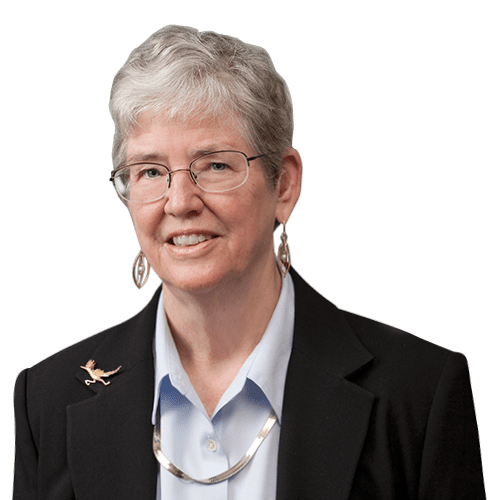Tips for Trial Counsel on Planning, Preparation, and Preservation: The "Opening the Door" Opportunity and the Art of the Proffer
Trial courts make evidentiary rulings both before and during trial, and trial lawyers should be alert to the opportunity to request the court to revisit its earlier rulings during the course of trial. See Persaud v. State, 755 So. 2d 150, 154 (Fla. 4th DCA 2000) (“Trials are fluid proceedings where evidentiary rulings are subject to change depending upon the state of the evidence presented at the time the court is asked to rule.”). In particular, if a party “opens the door” to earlier-excluded evidence, the trial court has a duty to reconsider its earlier evidentiary ruling upon motion by the other party.
As the Florida Supreme Court recently explained, “the concept of ‘opening the door’ allows the admission of otherwise inadmissible testimony to ‘qualify, explain, or limit’ testimony or evidence previously admitted.”Peterson v. State, 94 So. 3d 514, 534 (Fla. 2012) (citation omitted). The “opening the door” doctrine is “‘based on considerations of fairness and the truth-seeking function of a trial,’ and the consideration that without the fuller explication, the testimony that opened the door would be ‘incomplete and misleading.’” Id. (citation omitted). The principle applies when “one party’s evidence presents an incomplete picture and fairness demands the opposing party be allowed to follow up in order to clarify and make it complete.”Redd v. State, 49 So. 3d 329, 333 (Fla. 1st DCA 2010) (internal quotation marks, and court’s ellipsis omitted); see also Robinson v. CSX Transp., Inc., No. 5D11-2815, 2012 WL 6629689, at *2–3 (Fla. 5th DCA Dec. 21, 2012).
“[A] party ‘opens the door’ when it elicits misleading testimony or makes a factual assertion that the opposing party has a right to correct so that the jury will not be misled.” Austin v. State, 48 So. 3d 1025, 1027 (Fla. 2d DCA 2010). Once a party opens the door, any order in limine implicated by that evidence is rendered a “nullity.” See Ryder Truck Rental, Inc. v. Johnson, 466 So. 2d 1240, 1243 (Fla. 1st DCA 1985). Instead, the opposing party is then “absolutely entitled to eradicate” that “unwarranted prejudicial image” on cross-examination. See Cont’l Baking Co., Inc. v. Slack, 556 So. 2d 754, 756 (Fla. 2d DCA 1990).
Should a trial court persist in excluding the evidence, trial counsel should proffer the excluded evidence to the court, on the record, to eliminate any risk that the evidentiary issue will be deemed unpreserved on appeal. See Fla. Stat. § 90.104(1)(b); Lucas v. State, 568 So. 2d 18, 22 (Fla. 1990). It is unnecessary to do that, however, “when the substance of the excluded testimony is apparent from the context within which it was offered.’”Hammett v. State, 908 So. 2d 595, 597 (Fla. 2d DCA 2005) (quoting Reaves v. State, 531 So. 2d 401, 403 (Fla. 5th DCA 1988)). Nonetheless, a good proffer often can greatly improve the argument on appeal. More importantly, hearing the specifics of the evidence sought to be adduced may persuade the trial court that this evidence should, in fact, be admitted so the jury knows the truth.
Because a proffer of evidence reasonably related to the issues at trial is essential for full and effective appellate review, a trial court’s denial of a request to provide such an offer of proof is error. Fehringer v. State, 976 So. 2d 1218, 1220 (Fla. 4th DCA 2008). The method of making an offer of proof, however, is left to the discretion of the trial court. Porro v. State, 656 So. 2d 587, 587 n.* (Fla. 3d DCA 1995).
Offers of proof for testimonial evidence may be made by having the witness answer questions on the record outside the presence of the jury, but an offer may also be made by submitting on the record a written statement of the witness’ anticipated answer or by disclosing the answer on the record through statement by counsel. Charles W. Ehrhardt, Florida Evidence (2010), § 104.3, at 32. “‘Excluded documents … should be marked for identification with a number and described fully in the record.’”Brantley v. Snapper Power Equip., 665 So. 2d 241, 243 (Fla. 3d DCA 1995) (quoting Henry P. Trawick, Jr., Trawick’s Florida Practice & Procedure § 22-10, at 333 (1994) (footnote omitted)).
Trial counsel should make as detailed offers of proof as possible under the circumstances when faced with adverse evidentiary rulings in connection with an “opening the door” claim. It preferably should be done contemporaneously with the ruling. If that is not done, a proffer and renewal of the request to admit the evidence should be made before the close of trial, coupled with a request for a mistrial if that still is not allowed. If necessary, make this proffer a part of any motion for a new trial so that it is before the trial judge in ruling on that motion.

